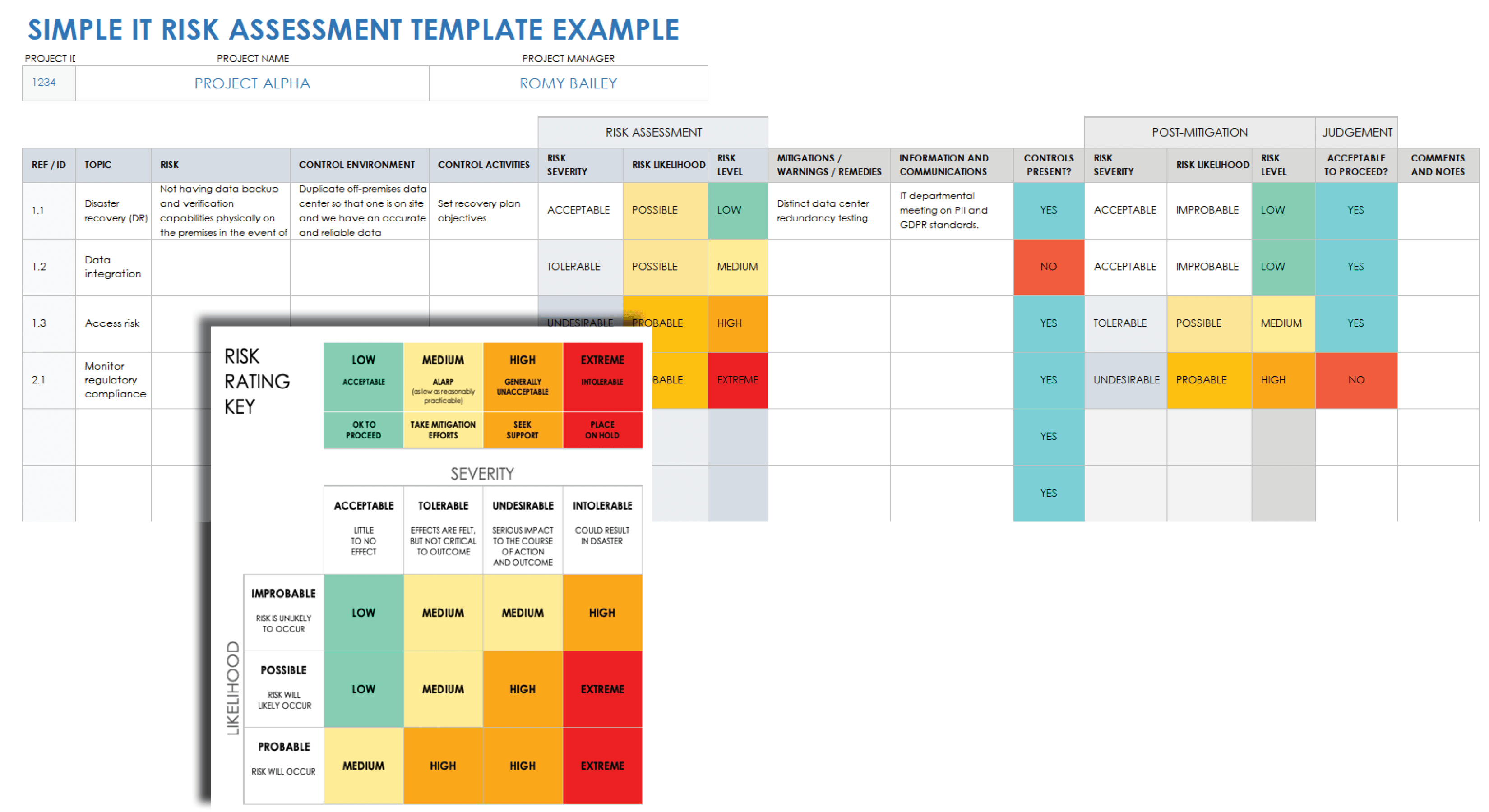What is an ISO Audit and Why is it Essential for Cybersecurity?
In a world where cybersecurity threats are constantly evolving, organizations needs to ensure their systems and processes meet global security standards.This is where ISO audits come into play. An ISO audit, especially for standards like ISO 27001, helps businesses strengthen their cybersecurity posture and demonstrate their commitment to protecting sensitive information.
What is an ISO Audit?
An ISO Audit evaluates whether an organization complies with the requirements of a specific ISO standard. For cybersecurity, ISO 27001 focuses on establishing and maintaining an effective Information Security Management System (ISMS).
Types if ISO Audits:
1. Internal Audit: Self-assessment to prepare for external reviews.
2. External Audit: Conducted by certification bodies for official certification.
3. Surveillance Audit: Ongoing reviews to maintain compliance.
Why are ISO Audits important for Cybersecurity?
ISO audits help organizations:
1. Identify Risks: Pinpoint vulnerabilities and fix them proactively.
2. Ensure Compliance: Meet regulatory and legal requirements.
3. Build Trust: Reassure clients and stakeholders about your security measures.
For example, implementing ISO 27001 can prevent data breaches by ensuring robust access controls and incident management practices.
How to prepare for an ISO Audit?
Preparation is key to a successful audit. Here's how organizations typically get ready:
1. Document Policies and Procedures: Maintain records of your security policies, risk assessments, and processes.

2. Train Your Team: Ensure employees understand their role in compliance.
3. Conduct Internal Audits: Regularly review your systems to identify and fix gaps.
4.Action Plans: Address any non-conformities found during internal reviews.
Common Myths About ISO Audits
1. Myth: ISO Audits are only for large companies.
Fact: Small businesses can benefit greatly from ISO certification.
2. Myth: Once certified, the work is done.
Fact: Regular audits and continuous improvement are essential to maintaining compliance.
ISO Audit Checklist: A Quick Example
Here is a simple way to create an audit checklist:
1. List relevant controls (e.g Asset Management, Access Control).
2. Track the status of each control (e.g. "Implemented" or "Pending").
3. Assign responsibilities to team members.
Conclusion
ISO Audits are more than a formality; they are proactive step toward a secure future. By aligning with ISO 27001, organizations can manage risks, strengthen cybersecurity, and build lasting trust with their clients. Whether you are a startup or a large enterprise, preparing for an ISO audit ensures your security measures stay ahead of emerging threats.




Comments
Post a Comment